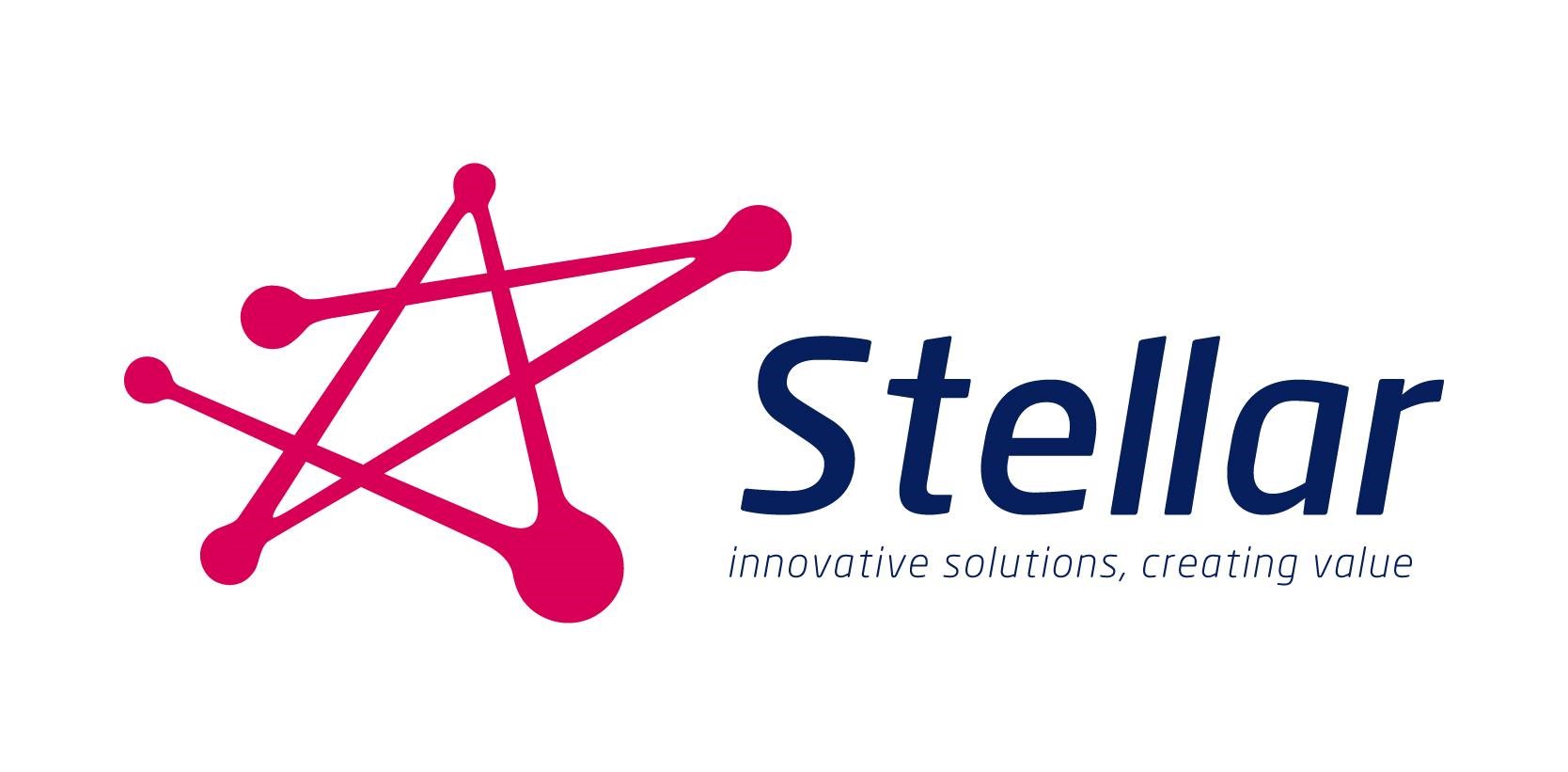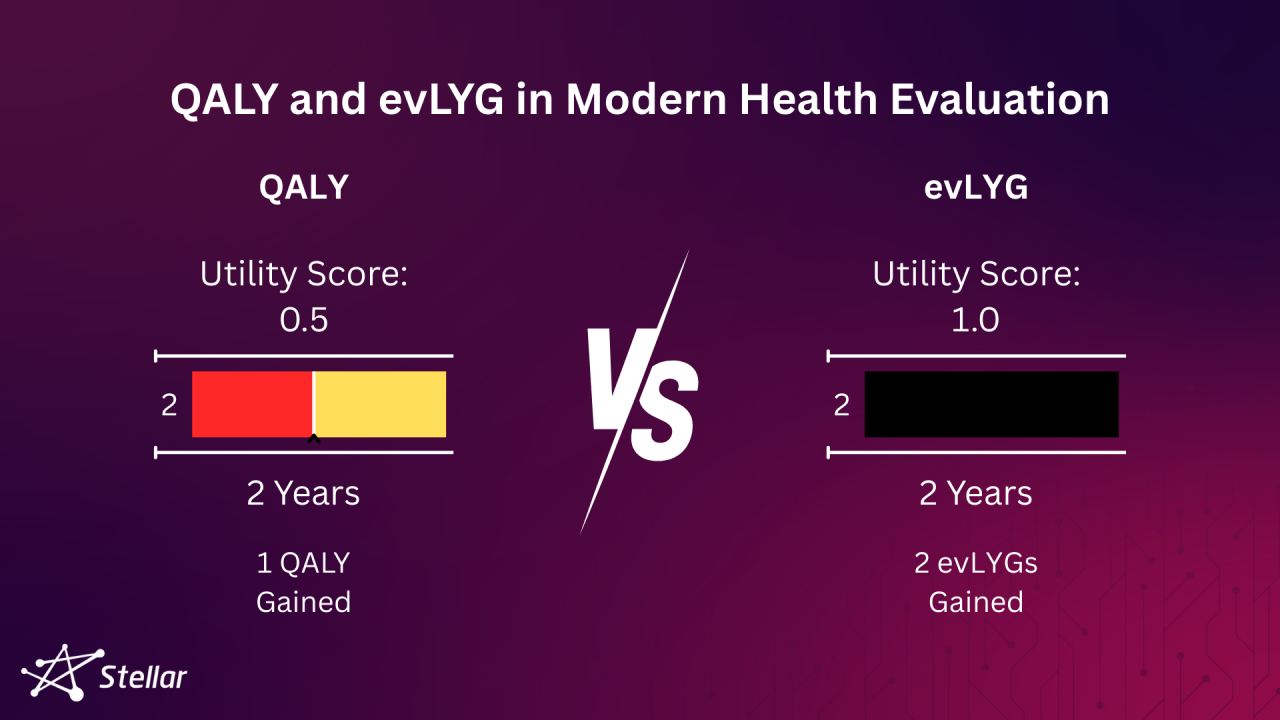Clinicians work to help individual patients choose the best treatment for their personal needs. In contrast, cost-effectiveness analysis looks at evidence for entire patient populations, comparing the health benefits and costs of different treatment options. The goal is not to replace clinical judgment, but to inform policies so that treatments improving patients’ lives are rewarded fairly, while society avoids overpaying for interventions that offer little additional benefit.
The Quality-Adjusted Life Year (QALY): A Foundational Metric in Health Economics
The QALY has served as the global standard for health technology assessment for over 30 years, combining survival time with health-related quality of life into a single metric. QALYs multiply years of life by utility scores that range from 0 (death) to 1 (perfect health), enabling direct comparison across diverse medical interventions and diseases. This approach has proven invaluable for agencies like the Centers for Disease Control and Prevention (CDC) and the National Institutes of Health (NIH), supporting decisions ranging from cancer therapeutics to childhood vaccination programs.
Addressing Equity Concerns: The Need for evLYG
Despite its widespread acceptance, the QALY framework faces criticism for potentially undervaluing treatments for vulnerable populations. Patients with chronic conditions such as multiple sclerosis, advanced chronic obstructive pulmonary disease (COPD), late-stage cancer, or lifelong disabilities often have inherently lower baseline utility scores. As a result, life-extending treatments for these groups may appear less cost-effective when evaluated solely with QALYs. This concern has led to some restrictions on rigorous QALY application in some U.S. federal programs and concerns about potential inequities.
The evLYG Solution
To address these equity concerns while maintaining analytical rigor, the Institute for Clinical and Economic Review (ICER) introduced the Equal Value of Life Years Gained (evLYG) as a complementary metric (ICER, 2020). The evLYG assigns equal value (1.0) to every additional year of life, regardless of baseline health status, ensuring that survival benefits for patients with disabilities or chronic illnesses are valued equivalently to those for healthier populations.
Comparative Example:
For a treatment extending life by 2 years in patients with severe chronic illness (utility = 0.5): Using QALY: 2 years × 0.5 utility = 1 QALY gained Using evLYG: 2 years × 1.0 = 2 evLYGs gained While the QALY captures both the quality and quantity of life gained, evLYG focuses solely on survival equity, valuing every life year gained equally. Both metrics now inform U.S. healthcare policy, with payers utilizing ICER assessments that incorporate both QALY and evLYG in formulary decision-making. Recent studies estimate the cost-effectiveness threshold for evLYG at approximately $84,000 per evLYG gained, closely aligning with the traditional $100,000 per QALY threshold, while explicitly addressing concerns about potential discrimination against vulnerable populations.
Conclusion
In conclusion, adopting both QALY and evLYG in cost-effectiveness analysis enhances healthcare decision-making by balancing efficiency with equity. This dual-metric approach safeguards against undervaluing treatments for vulnerable populations while supporting fair, evidence-based policy. Further discussion is needed to optimize thresholds and standardize methods for broader policy adoption.


